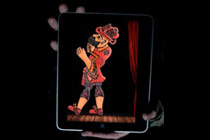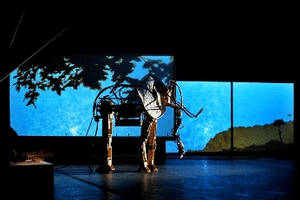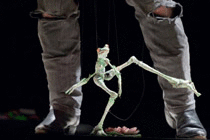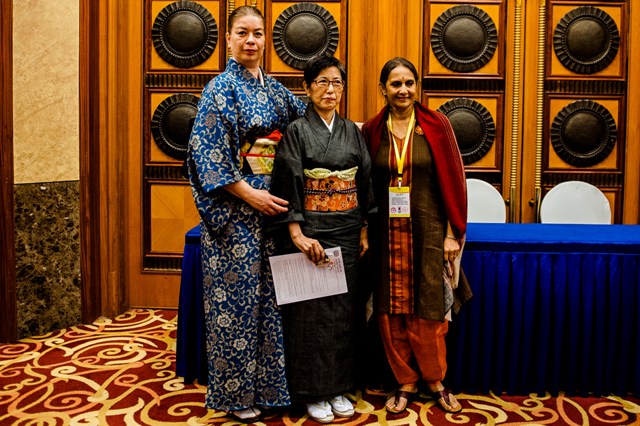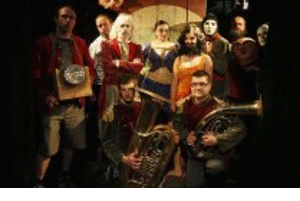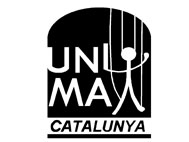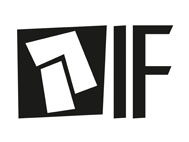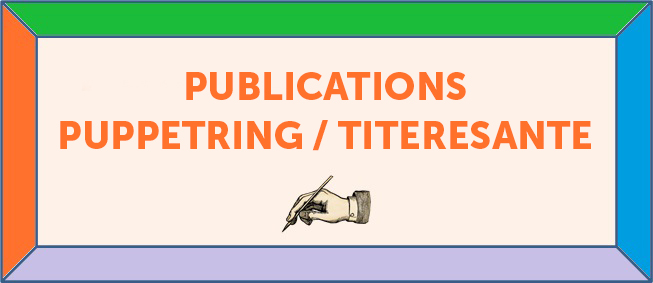The Turkish corporation Anakule has developed the first puppet application for iPhone and Android system devices. Although there are other digital animation apps for smart phones, this is the first in the world dedicated exclusively to puppets. It is very simple to use: puppets move through the accelerometer of the device, so users can animate their characters just by moving the smart phone or tablet.
This is quite a new concept of manipulation that even changes how we understand the puppet show itself —so maybe this is the reason why Anakule designers have been considered a puppet company and featured at the UNIMA-USA site.
The relation of humans with their iconic objects or puppets might have a different approach in digital era. Now virtual realities and interfaces create a communication environment that uses ways of perception pretty similar to the ones through which object theatre is understood. If puppets are a physic link between humans and the unknown, the immortal, now the digital world of electronic devices connects us with an abstract dimension of reality. The object itself is no longer important, it does not matter if we have a paper puppet, a tablet or a smart phone, an iPhone or a Samsung device, the important thing is the reality they can create out of us. The movement of puppeteer’s hand is written into binary code for the device’s internal use and read again to animate the image of a character the audience might recognize. Instead of strings or rods, manipulation is now made through a digital interpretation out of human immediate reality.
Anakule puppet app is, by the moment, based on the characters of shadow theatres from all the world. It makes totally sense: shadows are more abstract than the real figures of the puppet show, they are in the halfway to cinema and animation. Anakule studio may program newer apps with 3D puppets in the future, but by now there are available shadow theatre packs with characters from Cambodia, China, India, Indonesia, Thailand, Greece and, of course, Turkey.
iKaragöz have been released in different versions, containing up to 16 different characters. It has been designed by Uğur Doğan. The demos have been made with the contribution of the puppeteer Mehmet Saylan.

